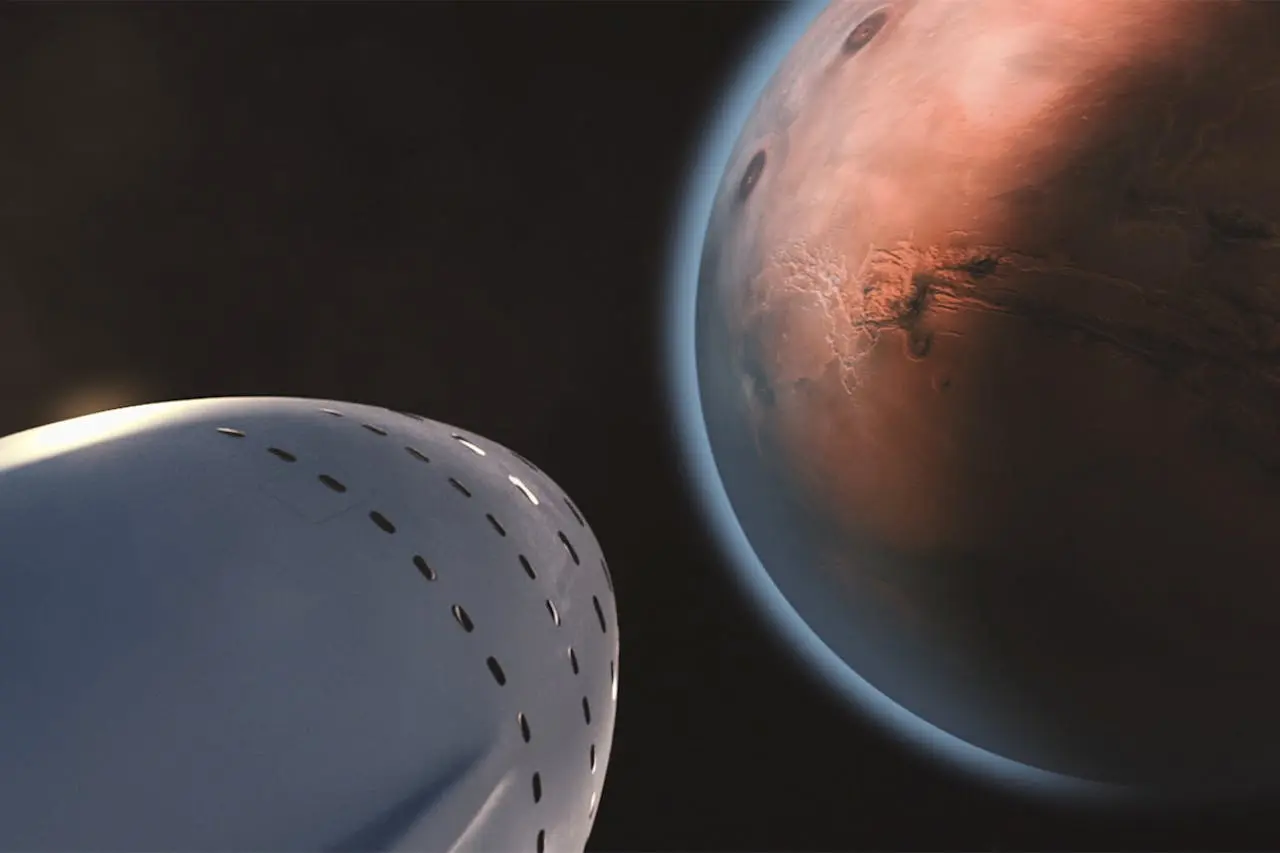
KBR had the opportunity to support a rare and exciting experiment – a simulated Mars habitat set up to analyze humanity’s ability to support long-duration exploration.
NASA’s Crew Health and Performance Exploration Analog (CHAPEA) is the first in a series of three analogs to simulate year-long stays on the surface of Mars. The 2023-2024 mission consists of four crew members living in an isolated 1,700-square-foot, 3D-printed habitat “Mars Alpha Dune” located in a building on the Johnson Space Center campus in Houston, Texas. The unique habitat includes private crew quarters, a kitchen, and dedicated areas for medical, recreation, fitness, work, and crop growth activities, as well as a technical work area and two bathrooms.
KBR’s health and human performance professionals are heavily involved in the project and assist in CHAPEA preparations, operations and post-mission research via NASA’s Human Health and Performance Contract (HHPC).
Throughout the mission, the crew is tasked with various challenges from living in year-long confinement to engaging in space-based activities as if they were on the red planet. This includes conducting simulated spacewalks using virtual reality and tracking data on physical and behavioral health and performance. As a part of the CHAPEA experience, environmental stressors such as resource limitations, communications delays, equipment failure, and significant workloads are also implemented.
KBR HHPC experts and their teammates monitor and analyze everything from the crew’s food systems and exercise to medical well-being and behavioral health. KBR scientist at NASA’s Behavioral Health and Performance (BHP) Laboratory Sheena Dev, Ph.D., worked with her fellow psychologists on a variety of pre-planning before CHAPEA began in June 2023.
“Leading up to the mission, we set up ways to track cognitive and behavioral functioning during the analog as well as trained the crew on these measures and how to engage with the equipment. While inside the mission, they have a schedule and expectations assessing the impacts while they are engaging in these activities,” Dr. Dev said.
Similar to how data is collected from astronauts on the International Space Station, the team uses online surveys and tests to assess team dynamics and performance.
“As far as research goes, we’re hands-off observers,” Dr. Dev said. “For medical appointments, we use conference-like capabilities and communicate any red flags via the data. But to assess team function and performance, we prepared different measures, including the cognition battery, a computerized collection of tests used to measure cognitive abilities like attention, concentration, verbal learning, verbal fluency, working memory, and executive function.”
KBR professionals then use these responses to help NASA understand not only how resource allocation and restriction impact behavior and performance, but also what indicators are most important so they can create an operational plan to monitor them in a way that is targeted.
A typical day in the simulation includes work ranging from crop growth, meal preparation, and working out to maintenance and extravehicular (EVA) activities expected of the crew during a long-duration mission.
Validating the food system’s ability to support crew health and performance in this environment is one of the primary goals of the analog. There are many resource allocation and restriction challenges, along with having little ability to express food preferences due to environmental and logistical constraints.
“You don’t have a lot of say or preference in what’s going to be there [during a mission]. There’s a set amount of resources like water or coffee – things we might take for granted here on Earth – and the crew is expected to manage this challenge,” Sheena said.
“We’re trying to understand how these limitations impact the intake of nutrition and how well they’re able to adhere to the diet that’s presented. Astronauts can lose body mass due to disinterest in food and have in the past. Over the years, NASA has done a lot of really great work to increase food variability and choices to mitigate some of that risk, and this is a part of that testing,” she said.
Communication delays – up to 22 minutes each way, simulating connection time to Mars – are also part of the research. “How does the crew operate under this delay and what sorts of functions break down versus do not break down?” Dr. Dev asked.
Exercise is another key area of study, as it is essential for maintaining the crew’s muscle mass and their body’s ability to function in and out of gravity. It is also critical for behavioral health.
“We know exercise impacts mood and that it is associated with stress relief, so the BHP team is also interested in how the exercise routine implemented optimizes psychological well-being in the context of the resource restriction that we’d see on Mars missions.”
Additionally, the experiment tracks how crew members spend their personal time including participation in recreational activities. “The crew has scheduled downtime. In the habitat there is a small library of books, games, shows, and movies, however, they can’t download or request in real-time.”
Dr. Dev notes it’s important to recognize that during the mission, the crew members become each other’s primary source of social, emotional, spiritual, mental, and physical support.
“It’s crucial to study how the team works together and how team dynamics are influenced by length of time, stressful events, and other interpersonal factors. It can be a recipe for success or tension,” she said.
“We want to know how they navigate different scenarios as a cohesive group that is there to perform a function, as well as provide support for one another. This, I think, is a very interesting question that’s particularly unique to analog environments.”
In cases of emergency, there are well-thought-out and discussed contingencies for every possibility, but the goal is to test the crew’s limits to see what works and what doesn’t prior to the real thing.
Two of the hazards this experiment cannot investigate are the effects of radiation and partial gravity. But in the end, this constraint actually “inadvertently created a controlled environment to study the impacts of resource allocation,” which is still of major importance.
When the first CHAPEA mission ends in July 2024, the HHPC team will go into post-mission tracking and then begin preparation for the second Mars analog, aimed for spring 2025.
“Why do we have three missions? We just need more people – more data,” Dr. Dev said. As with any study, “the statistical power increases the more people you put through these experiences. And we’re just getting started.”







